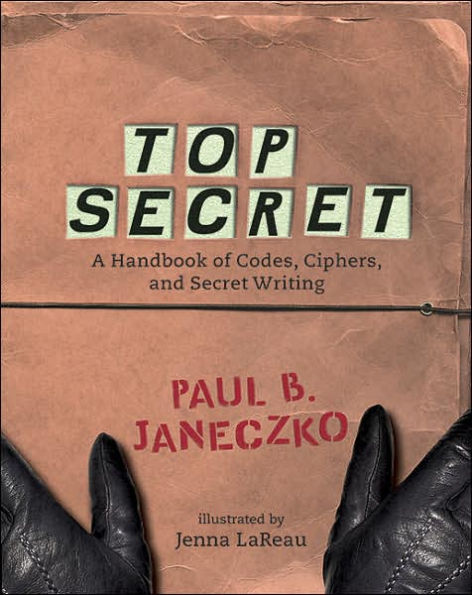Read an Excerpt
As long as I can remember, I’ve been interested in codes and ciphers. There are a lot of reasons. For one thing, I’ve always enjoyed a good puzzle, whether it’s a math puzzle or a word game. I’ve also been a fan of spy novels and movies. I love all that cloak-and-dagger stuff, all those mysterious meetings in exotic places. And I’ve been something of a history buff, especially interested in how individuals shaped history. All of these interests find their way into any exploration of codes and ciphers.
I’m sure you have your own reason for picking up this field guide, but I suspect that you’re a lot like me. There is something about codes and ciphers — how to make them, how to break them, how they changed history — that fascinates you. Maybe you’ve dreamed of designing a cipher that is "unbreakable." Or working against time to break a secret code. Or trying to create the perfect invisible ink. If this sounds like you, then this guide is just for you.
This book is about making codes and ciphers, not just reading about them. To get the most out of this book, I suggest you create a codemaker’s field kit. You might want to think of it as your spy kit, a place where you can store all your tools for codemaking and codebreaking. I suggest you use a shoe box or a plastic storage box. That should give you enough room, at least for starters, to store the cipher tools and codebooks you will make. You can also keep the invisible ink and the pens, toothpicks, and developers that go along with it. By the time you work your way through this book, you will have many things to keep in your field kit.
While you don’t need a cloak or a dagger for your field kit, I think it’s a good idea for you to have a notebook or journal in which you can keep track of some of the things you will create along the way — things like code names and suitable keywords for a number of different ciphers. The notebook is also the perfect place to work out solutions for intercepted messages and to design the new codes and ciphers you will dream up.
But don’t just rely on what you read about in this book to decide what to put in your field kit and in your notebook. Be inventive. Use your imagination to think of other things that can help you as a codemaker and codebreaker.
One of the ways to get new ideas about codes and ciphers is to read books and stories that show how spies carry out their business. I hope you get some ideas from the stories that are scattered throughout the book. They tell about some of the famous codes, codemakers, and codebreakers in history. At the end of this book, I’ve suggested some other books that will give you even more information about the world of codes and espionage.
Since even a real spy doesn’t work alone, making and breaking codes is much more fun if you work with a partner. And it’s even more fun if you pick a partner who wants to be inventive. You know the kind of person I mean — someone who is willing to try something clever to make a good code better. Someone who is willing to take chances or makes guesses to break a code.
If you are nuts about codes and ciphers and secret writing, this guide has it all: codes, ciphers, invisible inks, concealment techniques, spy stories, and even a little bit of history (but only the exciting parts). Find a friend and start reading this book and building your codemaker’s field kit. The fun has just begun!



